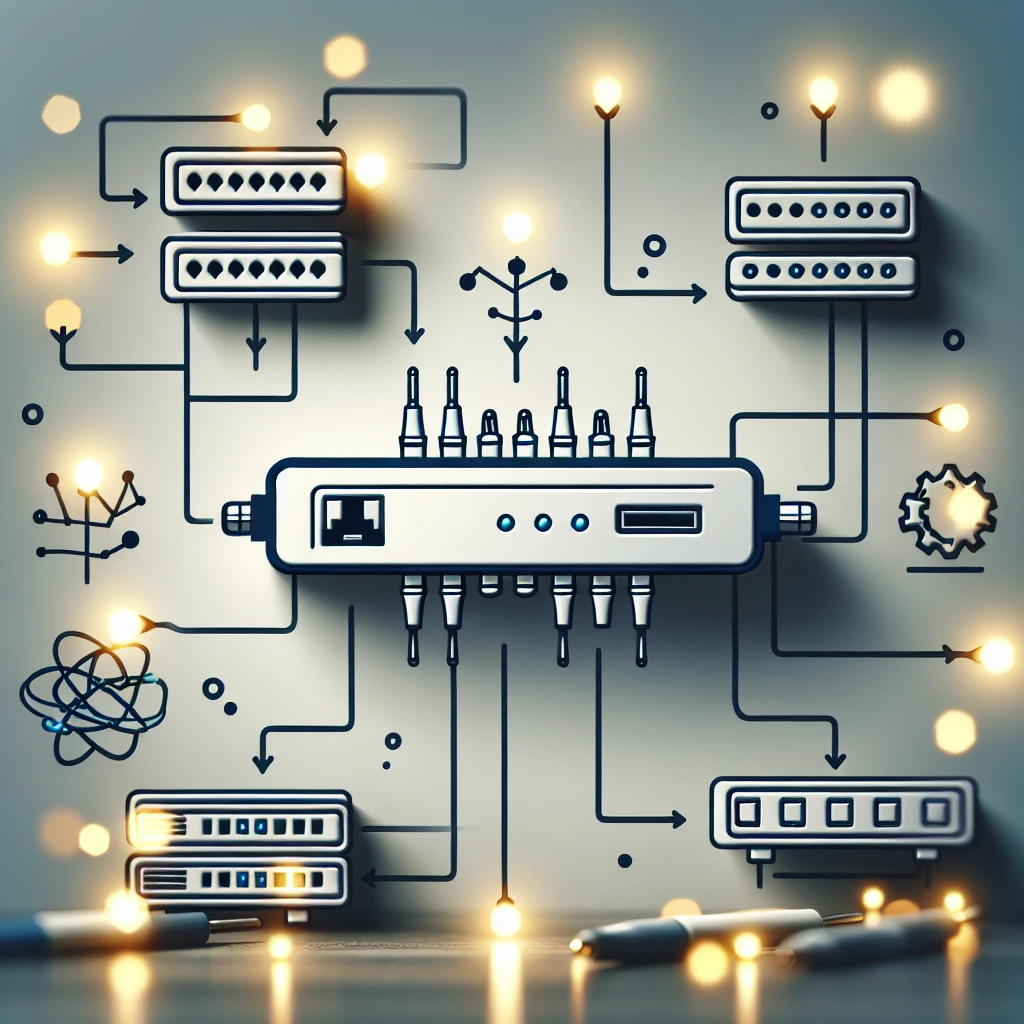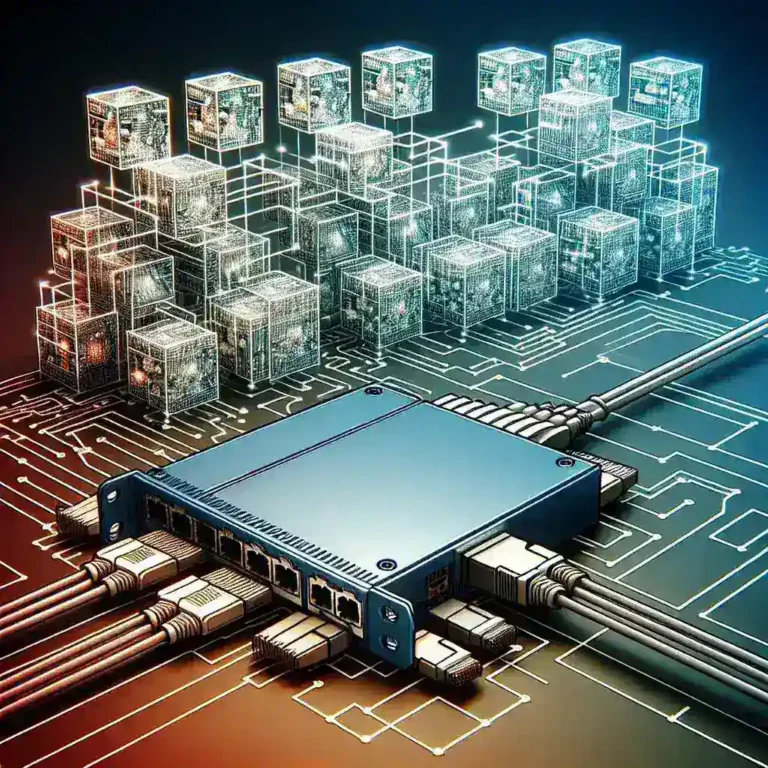In today\’s digital landscape, ensuring efficient and reliable network connectivity is crucial for businesses of all sizes. One way to achieve this is by utilizing load balancers, which distribute incoming traffic across multiple servers to optimize resource use and prevent any single server from becoming a bottleneck. However, an often overlooked aspect is the role of the network adapter in this process. Can a network adapter be used with different types of load balancers? In this article, we\’ll explore this question in detail, examining the compatibility, performance, and best practices associated with network adapters and load balancers.
Understanding Network Adapters and Load Balancers
To understand the compatibility issues and performance implications, it’s important to first grasp the basics of network adapters and load balancers.
Network Adapters
Network adapters, also known as network interface cards (NICs), are hardware components that connect a computer to a network. They can either be physical hardware devices installed in a machine or virtual ones in virtualized environments. The primary function of a network adapter is to facilitate communication between the device and the network.
Load Balancers
Load balancers distribute incoming network traffic across multiple servers. There are several types of load balancers:
- Hardware Load Balancers: Physical devices dedicated to balancing network traffic.
- Software Load Balancers: Software programs that distribute traffic, typically used in cloud environments.
- Virtual Load Balancers: Load balancing functions integrated within virtual machines or containers.
- DNS Load Balancers: Use DNS to distribute traffic among different data centers or network segments.
The following table summarizes the key differences among these load balancer types:
| Load Balancer Type | Description | Common Usage |
|---|---|---|
| Hardware | Physical devices for network traffic distribution | Enterprise environments |
| Software | Software programs for traffic management | Cloud and on-premises |
| Virtual | Integrated in virtual machines or containers | Virtualized environments |
| DNS | DNS-based traffic distribution | Geographically diverse deployments |
Compatibility Considerations
Now that we\’ve outlined the different types of load balancers, the next question is whether a network adapter can be used with these various types. The answer depends on multiple factors including the adapter\’s specifications, the load balancer\’s requirements, and the network environment.
Standard Compatibility
Most modern network adapters are designed to be universally compatible with standard load balancing techniques. They support various protocols like TCP/IP, UDP, and ICMP, which are commonly used by both hardware and software load balancers. However, specialized load balancers might have specific requirements that not all network adapters meet.
Performance Metrics
Different load balancers have different performance characteristics. For instance:
- Hardware load balancers typically offer higher throughput and lower latency, requiring high-performance network adapters.
- Software and virtual load balancers may work well with a broader range of network adapters but may benefit from adapters optimized for virtual environments.
- DNS load balancers generally have lower requirements, as they operate at the DNS level rather than handling actual data packets.
Best Practices
To ensure optimal performance and reliability when using a network adapter with different types of load balancers, consider the following best practices:
Updated Drivers and Firmware
Always keep the network adapter\’s drivers and firmware up to date. This ensures compatibility with the latest load balancing technologies and standards.
Network Quality
Ensure that the network infrastructure, including cabling and switches, is high quality. Poor infrastructure can negate any benefits provided by high-performance network adapters and load balancers.
Monitor and Optimize
Regularly monitor network performance and make optimizations as needed. Tools and software that provide real-time analytics can help identify bottlenecks and performance issues.
Conclusion
In summary, a network adapter can indeed be used with different types of load balancers, provided that compatibility and performance considerations are addressed. By following best practices and maintaining updated drivers and firmware, businesses can ensure efficient and reliable network performance, regardless of the load balancing method used.



